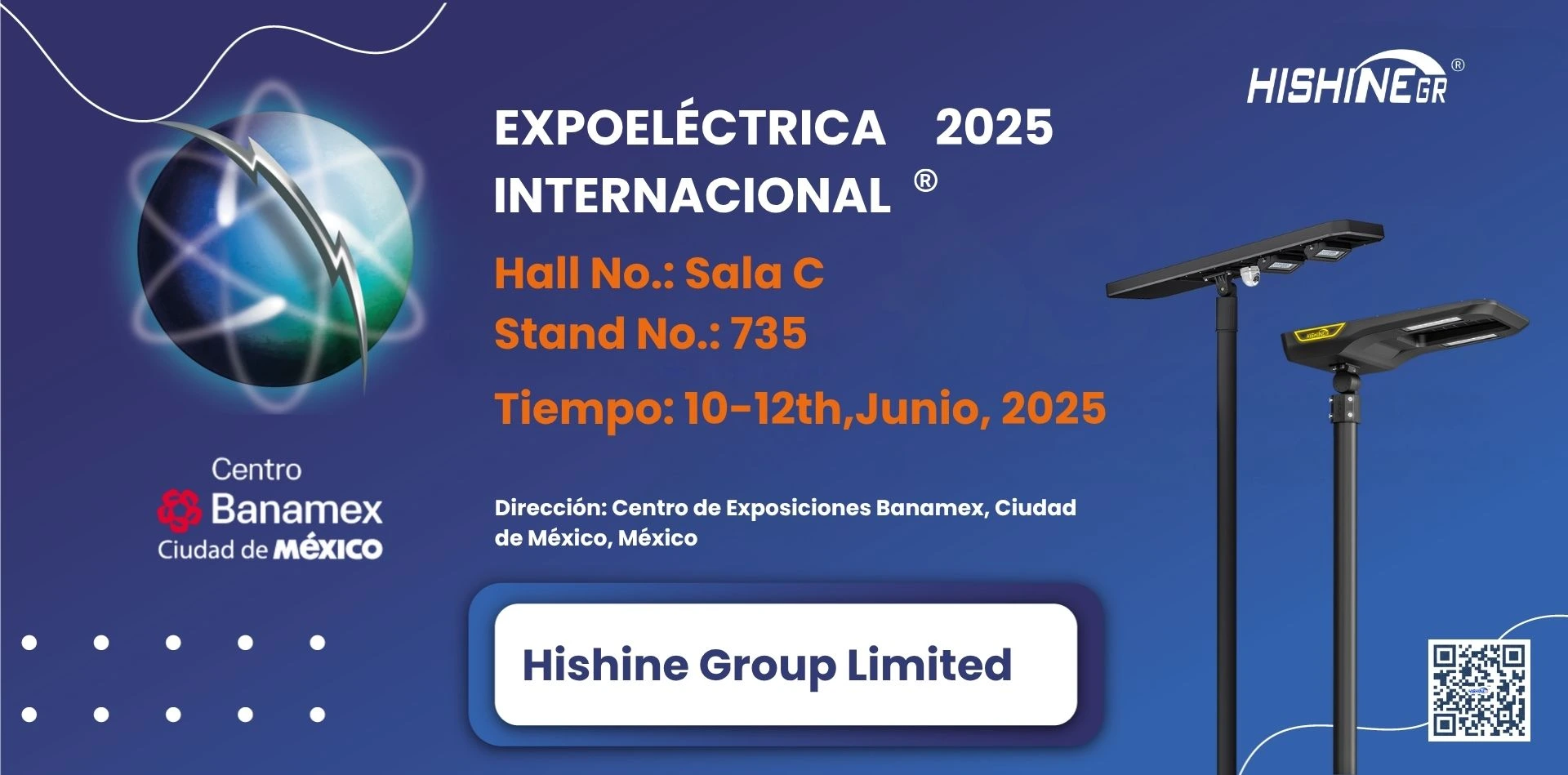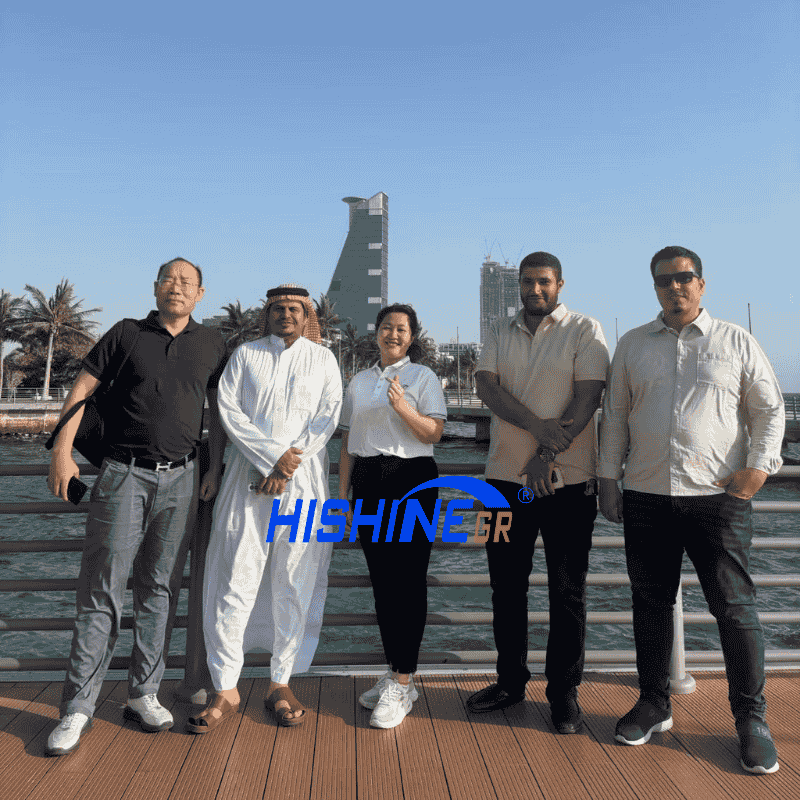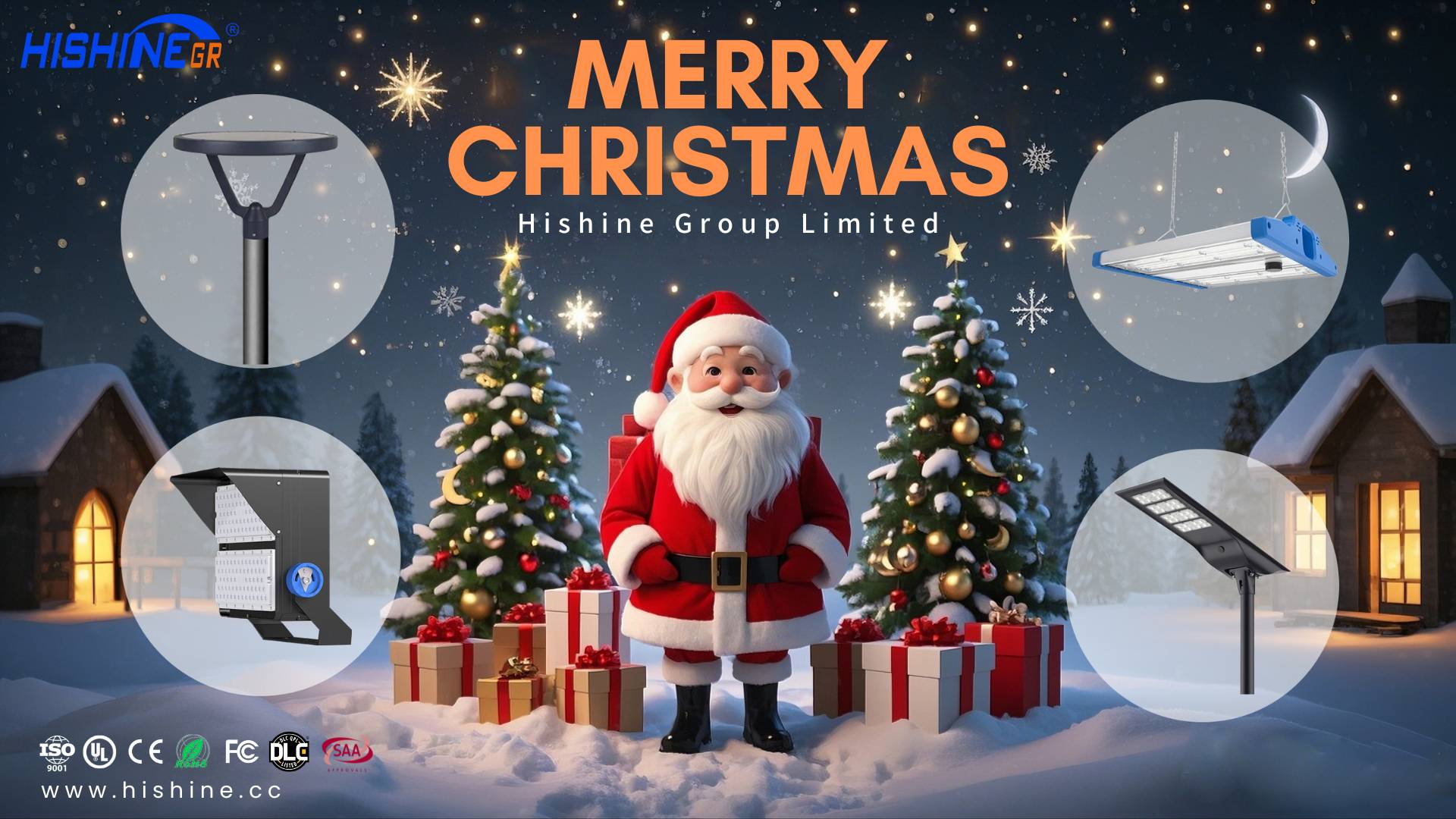The LED sports lighting system provides high-lumens and high-uniformity lighting, which helps to provide excellent visibility for stadiums, arenas, tennis courts and football fields, and golf courses while saving operation and maintenance costs.
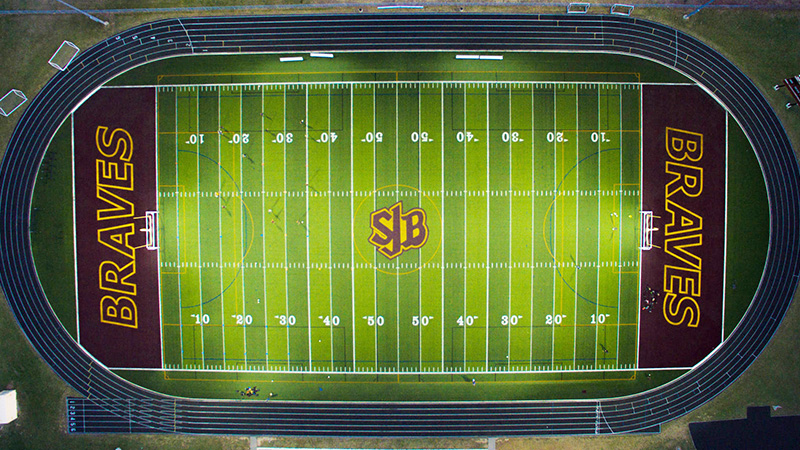
In order to create the best visual conditions for athletes and bring fascinating experience to the audience, LED sports lighting is designed for turning the spectacle and dynamics of the game into reality through TV broadcasting. Vocational and leisure sports are part of civilization and an important cultural context in the social structure. Their leisure and entertainment attributes have received high attention from the general public, and their participation and participation have continued to increase. The positive influence of sports on economic development and city Development has been promoting the growing demand for facilities adapted to sports activities. Its result is the rise of stadiums and arenas all over the world. For school education, community interaction, and institutional development, sports play a very important role. Sports fields, stadiums, and other sports facilities are usually part of educational facilities and municipal recreation centers. LED lighting brings the proper luminous environment to people that enjoying or attending professional competitions/training or leisure activities in these facilities, therefore, it has been became an important part of sport basis equipment.
How to choose best-LED sports lighting?
1. Stadium led flood light
LED floodlighting is the only method in the lighting design of outdoor stadium equipment. This is because the installation location of lighting equipment is usually outside the boundaries of the athlete's areas. It doesn’t have the elevated structure of hanging led light and surface for redirecting the light reflected from the playing area, therefore, outdoor led sports light provide controlled field led lighting depended on directly distributed led flood lighting. LED floodlighting is also the main lighting technology to illuminate the stage, which is large multi-functional equipment. There is a large seating capacity in that type of indoor venue, so led floodlight can provide sufficient illumination from various positions and viewing angles without causing glare from athletes and audiences.

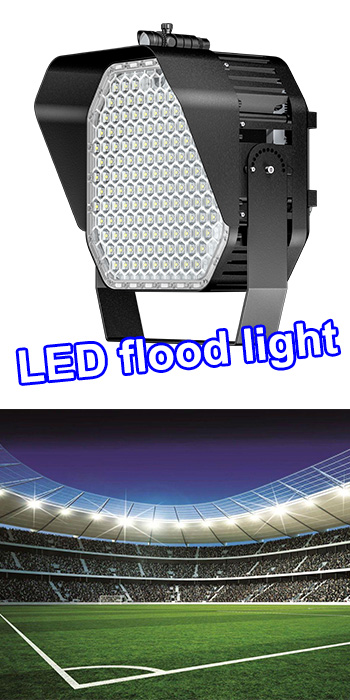
2.Distribution of led lighting
Led floodlight is a type of lighting equipment with an amiable function, its design is for providing directional lumens among the good controlling beam. Floodlights have a variety of light distributions for options, from narrow viewing angles (used to illuminate the sports field in the distance) to wide viewing angles (used to illuminate close-up areas). The angle of the field is defined as the views between two directions. In that sight, the intensity of lighting is 10% of the maximum intensity measured in a plane passing through the centerline of the nominal beam. In the design of led flood light, the view angle of the field is called beam extension. The beam extension is classified into Type 1 to Type 7 by the NEMA mark.
Type 1: 10° to 18° (very narrow)
Type 2: >18° to 29° (narrow)
Type 3: >29° to 46° (medium narrow)
Type 4: >46° to 70° (medium)
Type 5: >70° to 100° (medium wide)
Type 6: >100° to 130° (wide)
Type 7: >130° and up (very wide)
The horizontal and vertical beam extension can be distributed asymmetrically or symmetrically, depending on the location of the led light and the size of the task being illuminated. LED flood light use fixed installation but usually achieves rotation and tilt adjustments through mounting adapters (such as steering knuckles, sliding clamps, or forks). The illuminance distribution of the field is controlled by the combination of the optical elements inside the light and the direction of the light. By using internal/external equipment (such as shields, blinds, and baffles), the beam can be further optimized to minimize incident light.
3.LED lighting design
The system of led sports light is a highly integrated component of lighting sources, optics, drivers, and controls. And its thermal management and system protection run in parallel with performance engineering. The high-power LED floodlight is designed as an integrated system or a modular system. A modular system can offer a light output from single lamp scalability and versatility of the optical sighting. It’s very easy for repairing and replacing the lighting engine and LED driver. The integrated system provides higher visual integrity and is usually customized for specific types with co-located power supplies.
4.Replaced HID lighting
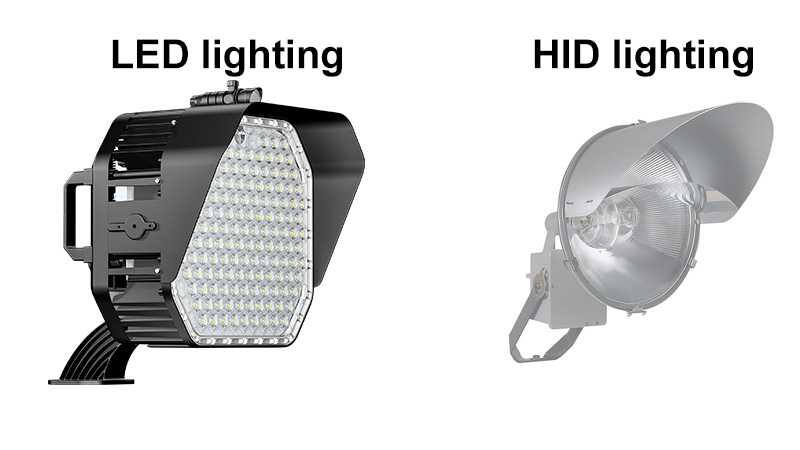
Compared with metal halide light, LED lighting is essentially a large progress in all aspects of sports,especially in the total cost of ownership. Semiconductor-based light sources use the principle of injected electroluminescence to produce efficient energy conversion from electrical energy to light energy. LED stadium lighting system will use a lot of power, and the cost of energy cost may be much higher than its initial cost of led light over time. With the 150Lm/W high lighting efficacy, LED stadium light can save a lot of energy than metal halide lamps, and metal halide lamps can hardly reach half the lighting efficiency of LED systems. The high return on investment of LED lighting is for low energy consumption,and also for almost zero maintenance during its life cycle. Therefore, the lifespan of LED light is 3 to 10 times longer than the lifespan of metal halide light.
5.A surface treatment process(SMT)
As the most important process of led light, a surface treatment process (SMT) is related to the quality and using the effect of the led light. The basic process components include screen printing (or dispensing), placement (curing), reflow soldering, cleaning, testing, and repairing. Compared with old led lighting, Led lighting with SMT process has many improvements: the volume is reduced by 40%~60%, and the weight is reduced by 60%~80%; high reliability and strong anti-vibration ability; the solder joint defect rate is low, it is easy to realize automation and improve production efficiency; the costs can be reduced by 30%~50%.
6. LED lighting source
There is a unique special requirement for led sports field light, especially in the spectral characters of lighting. Faithful reproduction of the object light source color can enhance the visual experience of the audience and the participants of the visual representation. The typical color rendering index (CRI) of metal halide lamps is 65, which is tolerable but far from perfect. The lowest CRI of the LEDs available on the market is 70, and the spectrum can be optimized to achieve a CRI higher than 90. The system of CRT color is invented because of the vision of human beings. With the broadcasting of HD, 4k even 8k HDTV broadcasts, now require higher TLCI, so that the camera can capture HD video sensor vivid color images.
7. Color temperature
Color temperature is a characteristic of visible light and affects the visual appearance of the environment. Sports lighting applications correlated color temperature (CCT) generally falls within the range of cool white (4000K to 6500K). The sports fields and architectural elements of different types of sports venues may have different color schemes. Therefore, the most suitable color temperature should be provided for lighting equipment to enhance these aspects, including color contrast, visual perception, atmosphere, and beauty. The photography industry has reached a consensus that 5600K is the standard CCT for outdoor led sports lighting, and most of the videos and photography equipment are designed for achieving the best working condition on this CCT. Therefore, outdoor sports venues are usually designed to support its lighting 5600K.
8. Optical system
In high-power sports lighting systems, LEDs usually work normally at temperatures higher than 100°C, and the temperature of the phosphor layer is even higher due to the Stokes shift and light absorption. Thus, thermal stability should be considered TIR optic, because the lens array is mounted in the vicinity of the LED. PMMA (acrylic acid) inferior in heat resistance at temperatures above 90°C. The temperature of polycarbonate resin can be up to 120°C. Under extreme temperature conditions, silicone lenses (maximum permanent working temperature is 150°C), glass lenses (temperature stabilized below 400°C) or aluminum mirror matrix are more reliable solutions.
9. Thermal management
The thermal management of LED lamps relies on a systematic approach. It is essential to use LED packages with high-temperature capability. High-power packages can withstand, higher thermal stress and have a robust thermal path, while mid-power packages have poor thermal resistance and have many failure factors in the path from the junction to the circuit board.
These equipment form a system-level thermal path: the metal core printed circuit board (MCPCB), thermal interface material (TIM), and heat sink (lamp housing). This means that the LED floodlight depending on performance and reliability from the LED heat sink conducting heat energy and the ability to flow through its natural surroundings thermodynamics. In addition to thermal conductivity and physical volume, the surface area of the heat sink should also be maximized to promote convective cooling. In addition, the aerodynamic design will increase the airflow on the exposed surface area of the radiator. It should be noted over-designed heat sink fins having a high density deep. This type of mechanical design will encourage the accumulation of debris and damage the self-cleaning properties of the shell.
10. Intelligent control
Led lights can be controlled in a dynamic way because of the semiconductor properties of LEDs. From the simple on/off switching, full-range dimming to adjust white light, the LED flood light reacts instantly to user input and can execute the planned lighting pattern stored in the programmable LED driver. The LED driver can be designed to have the following functions: a constant current reduction (CCR) function and a pulse width modulation (PWM) dimming function. Control signals are communicated through various protocols, such as 0-10V, DALI, RDM, to migrate lighting controls to wireless mesh networks (Bluetooth, ZigBee, Thread) and/or IP-based network infrastructure. The structure can provide a more robust, interoperable, and easy to extend control solution.
Best options for LED sports lighting
For led sports light solution, high quality, high lumen, and high efficacy are the first choices. With the following features, you can find the suitable led stadium light-adapted for your sports fields. Hishine is mainly engaged in research and development of high lumen efficacy led stadium light, at the present have two series led light suitable for stadium led lighting solution.
1.Hi-Shoot LED Stadium Light 600W
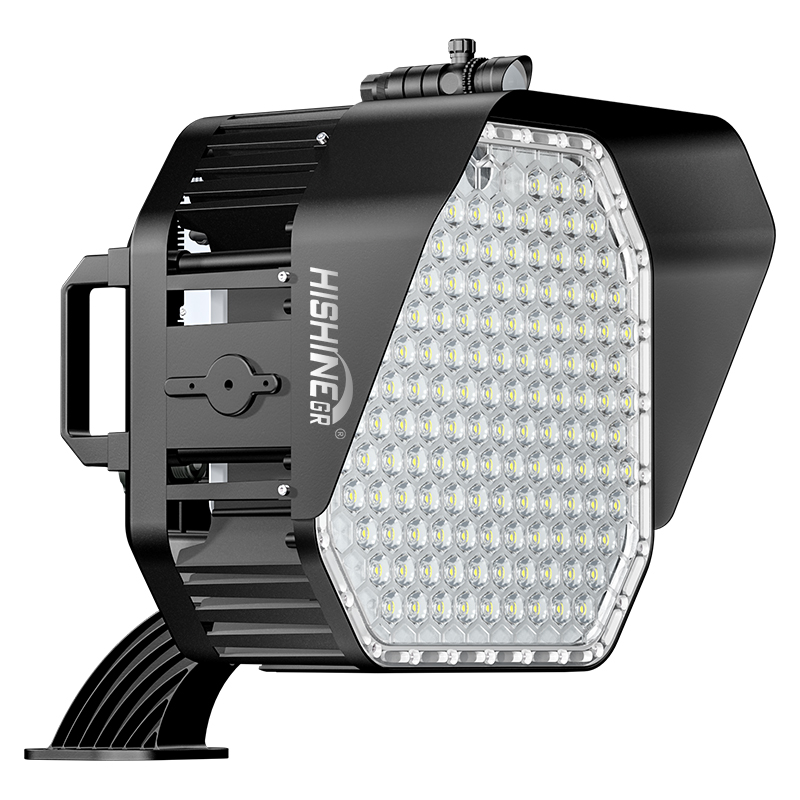
Hi-Shoot is a high-power LED stadium light. Whole lamp power 600W. Its light efficiency is 170lm/w. The thermal management design can maximize heat dissipation, thereby greatly extending the life of the lamp. The built-in adopts independent heat dissipation, and the lamp body is independent of the power supply. The built-in surge suppression function adds an extra layer of protection to the driver and electronic components of the luminaire. Flexible control solutions can carry out individual fixture control for the functions you need; from on/off control to a complete wireless system, it is ubiquitous. Hi-Shoot low glare shields provide industry-leading glare reduction functions with minimal impact on light output. Hexagonal design to reduce the overflow of light without affecting the light in the concentrated beam. Multi-purpose angle options: 20°, 30°, 45°, 60°. The diversity of beam expansion is very suitable for large-scale applications and precise areas that require special lighting.
2.Hi-Robot LED High Mast Light 1300W
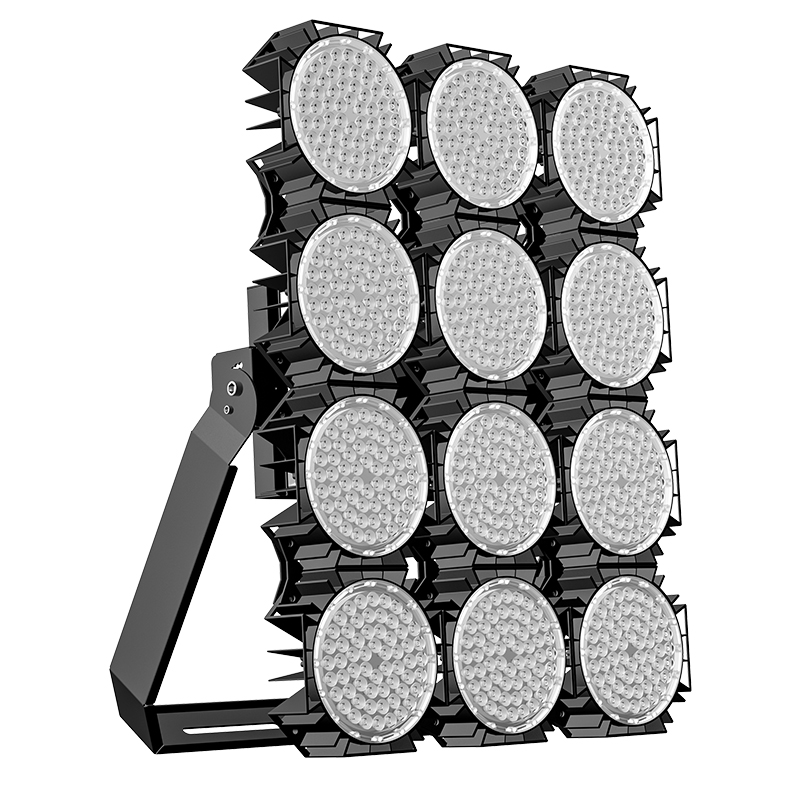
Hi-Robot is specially designed for large-scale stadium lighting. The overall lighting effect is 160LM/W. The modular design greatly increases the high-efficiency lighting system. It can provide perfect image lighting for football, football, baseball, hockey, and hockey games. The power of a single module is 120W, which is very convenient for customers to freely combine to 120W, 240W, 320W, 480W, 720W, 960W, and 1300W. Each module can work independently, which is conducive to maintenance. The entire module can be rotated by ±90° to meet the rotation angle requirements of different customers. Multi-purpose angle options: 20°, 30°, 45°. The diversity of beam expansion is very suitable for large-scale applications and precise areas that require special lighting.








